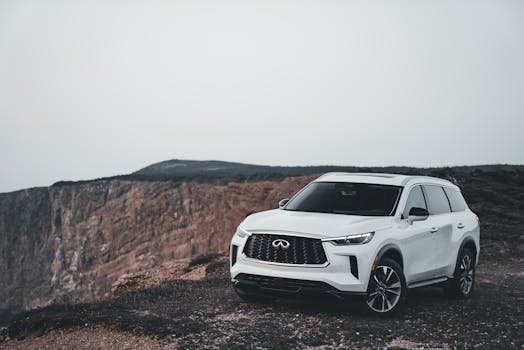Takeaways
- The luxury jet market is rapidly evolving with sustainable practices and advanced technology.
- Innovations in cabin design and passenger experience are reshaping the private flying experience.
- New aircraft models are being introduced that prioritize efficiency and environmental responsibility.
The Rise of Sustainable Luxury Aviation
As the world becomes more environmentally conscious, the luxury aviation industry is embracing sustainability. Major manufacturers like Boeing and Airbus are investing in research and development to create eco-friendly aircraft. These innovations include the use of sustainable aviation fuels (SAFs), which significantly reduce carbon emissions compared to traditional jet fuels.
In addition, companies are exploring electric and hybrid propulsion systems. The Eviation Alice, for example, is a fully electric aircraft that aims to redefine short-haul travel. With a range of around 1,000 kilometers, this aircraft not only offers a quieter flying experience but also drastically cuts operational costs. As these technologies mature, we can expect a greater number of electric or hybrid jets entering the luxury market in the coming years.
Sustainability is not just a trend but a necessity in the luxury jet sector. Clients are increasingly expecting their jets to reflect their values, including environmental responsibility. As a result, manufacturers are prioritizing eco-friendly designs without sacrificing the luxury experience that high-net-worth individuals demand.
Technological Advancements in Passenger Experience

In-flight connectivity is also improving dramatically. With high-speed satellite internet, passengers can stay connected during their flights, allowing for seamless productivity. Companies like Gogo are leading the way in providing reliable and fast internet services for private jets, enabling effective communication and work while in the air.
Moreover, entertainment systems are becoming more sophisticated, offering personalized content and immersive experiences. Companies are partnering with leading content providers to ensure that passengers can enjoy the latest movies, music, and games during their flights. The focus on customization extends to food and beverage services, where gourmet dining experiences are tailored to individual preferences.
Emerging Aircraft Models and Designs
As the demand for luxury jets continues to grow, manufacturers are eager to introduce new and innovative models. The Cirrus Vision Jet is a prime example, combining cutting-edge technology with sleek design. This personal jet not only has a stunning aesthetic but also offers advanced safety features such as the Cirrus Airframe Parachute System (CAPS).
Another exciting development is the Embraer Praetor 600, which boasts impressive range and speed, along with a spacious cabin designed for maximum comfort. With its sophisticated avionics and fuel-efficient engines, the Praetor 600 represents the future of business jets.
Moreover, the concept of supersonic travel is making a comeback with companies like Boom Supersonic, which is working on the Overture, a supersonic passenger jet. This aircraft aims to cut flight times in half while maintaining a luxurious experience for passengers. With a target range of 4,250 miles, the Overture could revolutionize long-distance luxury travel.
The Future Landscape of Luxury Jet Aviation

Furthermore, the integration of artificial intelligence and data analytics is expected to enhance operational efficiency and customer service. By analyzing passenger preferences and flight data, operators can provide a personalized experience that meets the evolving demands of high-end clients.
In this fast-paced environment, luxury jet manufacturers must stay ahead of the curve by continually innovating and adapting to changing consumer expectations. With the promise of a greener, more connected, and luxurious flying experience on the horizon, the future of luxury jets is indeed bright.

